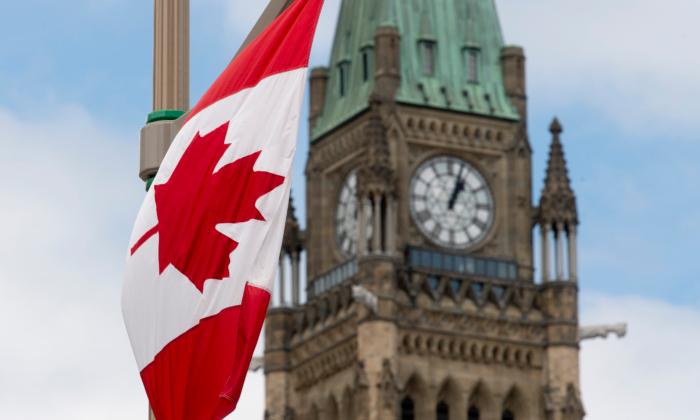Small business confidence in Canada has hit one of its lowest levels ever amid fear of a Christmas recession, according to the Canadian Federation of Independent Business (CFIB).
“The short-term and 12-month outlooks for retail, in particular, have been quite low for the past several months, which is not what we expect to see in the lead-up to the holiday shopping season.”
The CFIB’s latest “Business Barometer” report states that the short-term optimism index, which is based on three-month forward expectations for business performance, fell to 43.8—a 2.2-point drop from October.
According to the report, an index below 50 indicates that there are fewer business owners feeling confident than negatively about the months ahead.
In total, 719 CFIB members participated, answering the questions through an online survey Nov. 3–11.
Respondents were also asked “what factors are limiting your ability to increase sales or production?” to which 53 percent cited shortage of skilled labour.
When asked, “What types of input costs are currently causing difficulties for your business?” 71 percent said “fuel, energy costs.”
‘Hard Landing’
In October, the Bank of Canada (BoC) forecast a Christmas recession. “The pace of economic growth in Canada is slowing and is expected to moderate further. Growth is projected to essentially stall later this year and through the first half of 2023,” the central bank said in its “Monetary Policy Report.”The Department of Finance Canada has similarly predicted a downside economy in its “Fall Economic Statement,” published on Nov. 3.
“Interest rates are rising as the central bank steps in to tackle inflation. And that means our economy is slowing down,” said Finance Minister Chrystia Freeland in the report’s foreword.
The finance department said in its report that it has developed a “downside scenario” that takes into consideration the impact of “more persistent inflationary pressures” and “further tightening in monetary policy,” which leads to a “hard landing” in the economy.
“In this scenario, elevated inflation becomes more deeply entrenched, particularly in the U.S., leading central banks to raise interest rates by more than anticipated to return inflation to target,” said the economic statement.
“This increases long-term interest rates and leads to a significant tightening in global financial conditions. Tighter financial conditions result in more adverse effects on confidence, wealth, and activity, resulting in a sharper correction in housing markets and consumer activity in Canada, as well as larger spillovers from tightening and weaker economic activity in other countries.”






Friends Read Free